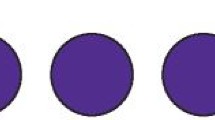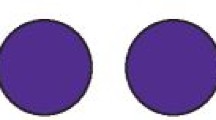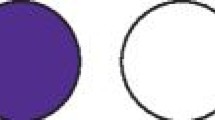Abstract
Data sources PubMed, Cochrane Library/Embase and Web of science.
Study selection Randomised controlled trials and non-randomised trials reporting success or failure rates of direct restorative materials for managing root caries lesions and in vitro studies assessing performance of restorations for root caries lesions published between September 1990 and October 2021 and written in English were included.
Data extraction and synthesis Data was extracted by one reviewer and quality assessment of the included clinical studies performed using the Cochrane risk-of-bias in non-randomised studies of interventions tools. Restoration success, survival and failure rates were presented for each included study with no data synthesis.
Results A total of 11 clinical studies and 31 in vitro studies were included. Restoration failure rates ranged from 14-55% at 24-60 months. Success rates of atraumatic restorative technique (ART) ranged from 65-87% at 12-60 months.
Conclusion There is a lack of high-quality evidence to provide a recommendation on the most appropriate restorative material for restoring root caries lesions. The survival rate of ART and conventional techniques are comparable and ART could be an optional treatment where conventional treatment is challenging.
This is a preview of subscription content, access via your institution
Access options
Subscribe to this journal
Receive 4 print issues and online access
$259.00 per year
only $64.75 per issue
Buy this article
- Purchase on Springer Link
- Instant access to full article PDF
Prices may be subject to local taxes which are calculated during checkout
Similar content being viewed by others
References
World Health Organisation. Global health and aging. 2011. Available at https://www.nia.nih.gov/sites/default/files/2017-06/global_health_aging.pdf (accessed August 2022).
Murray J J. Adult dental health surveys: 40 years on. Br Dent J 2011, 211: 407-408.
Michaelis W, Schiffner U. Fourth German Oral Health Study (DMS IV) Present results on the prevalence of oral diseases, risk groups and the degree of dental care in Germany 2005. 2006.
Tan H, Richards L, Walsh T et al. Interventions for managing root caries. Cochrane Database Syst Rev 2017; DOI: 10.1002/14651858.CD012750.
Da Mata C, Allen P F, McKenna G, Cronin M, O'Mahony D, Woods N. Two-year survival of ART restorations placed in elderly patients: A randomised controlled clinical trial. J Dent 2015; 43: 405-411.
Da Mata C, McKenna G, Anweigi L et al. An RCT of atraumatic restorative treatment for older adults: 5 year results. J Dent 2019; 83: 95-99.
Fee P A, Macey R, Walsh T, Clarkson J E, Ricketts D. Tests to detect and inform the diagnosis of root caries. Cochrane Database Syst Rev 2020; DOI: 10.1002/14651858.CD013806.
McComb D, Erickson R L, Maxymiw W G, Wood R E. A clinical comparison of glass ionomer, resin-modified glass ionomer and resin composite restorations in the treatment of cervical caries in xerostomic head and neck radiation patients. Oper Dent 2002; 27: 430-437.
De Moor R J G, Stassen I G, van't Veldt Y, Torbeyns D, Hommez G M G. Two-year clinical performance of glass ionomer and resin composite restorations in xerostomic headand neck-irradiated cancer patients. Clin Oral Investing 2011; 15: 31-38.
Author information
Authors and Affiliations
Ethics declarations
The authors declare no conflicts of interest.
Rights and permissions
About this article
Cite this article
Mustafa, S., Fee, P. Are direct restorations an effective treatment strategy in the management of root caries lesions?. Evid Based Dent 23, 102–103 (2022). https://doi.org/10.1038/s41432-022-0805-2
Received:
Accepted:
Published:
Issue Date:
DOI: https://doi.org/10.1038/s41432-022-0805-2



